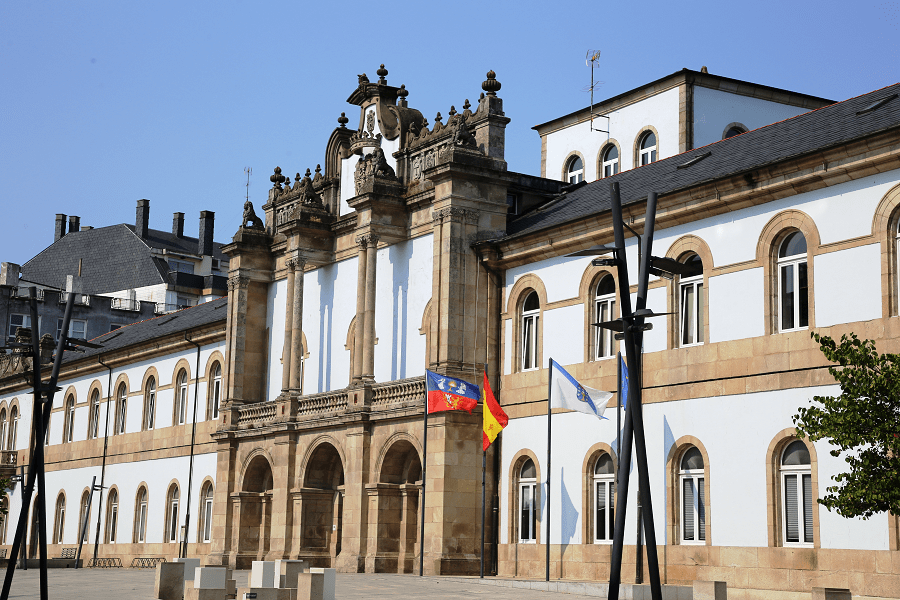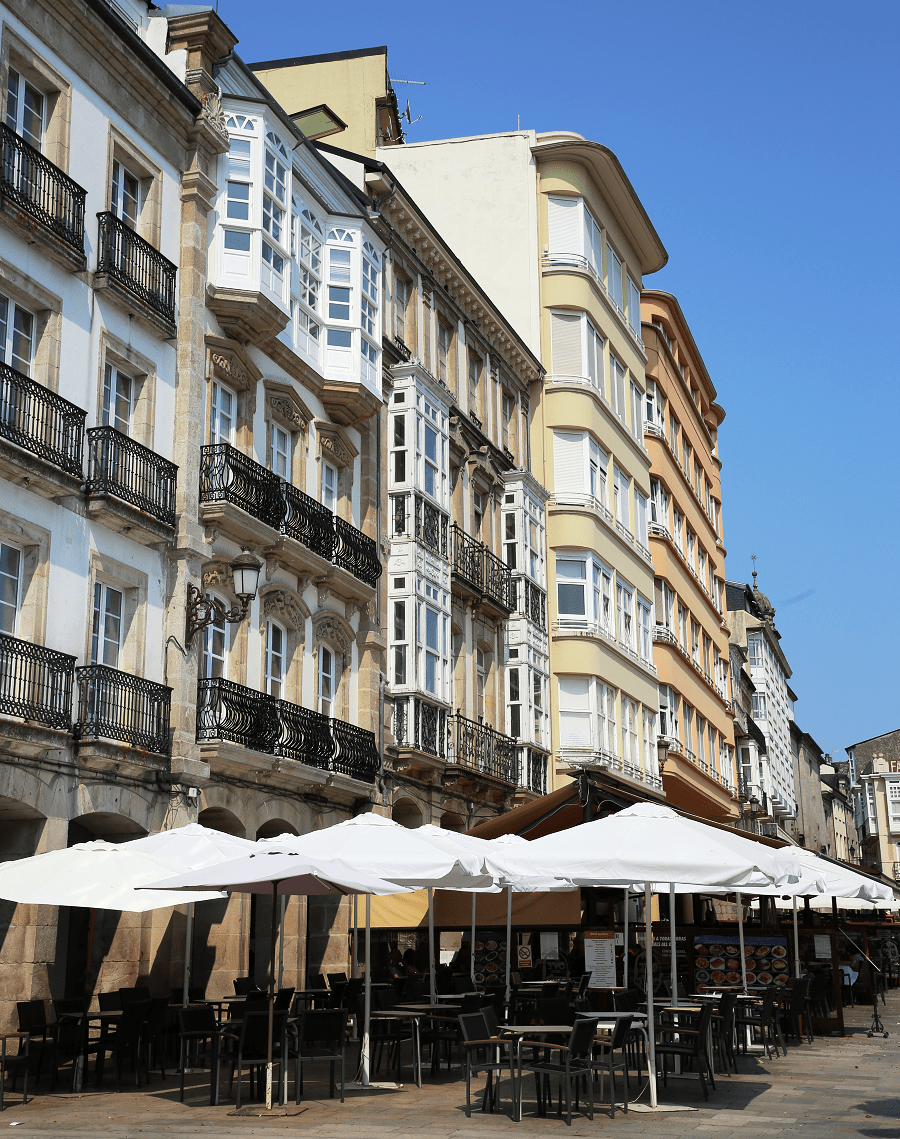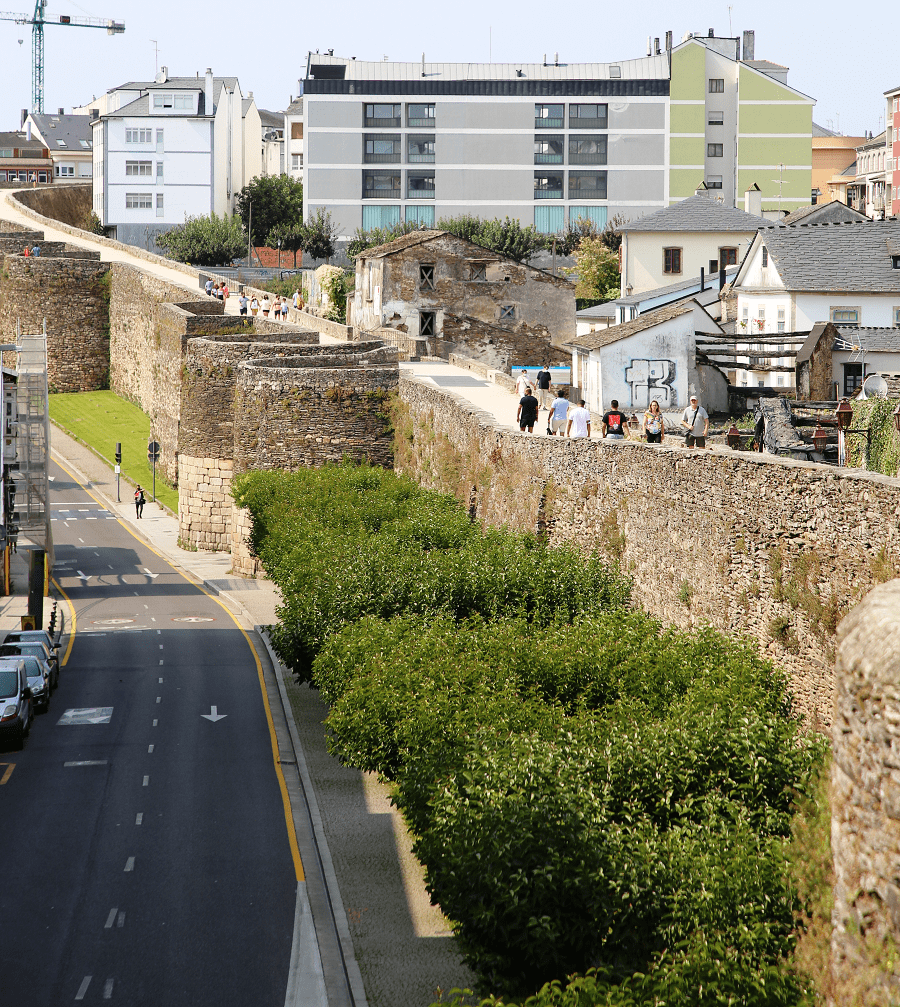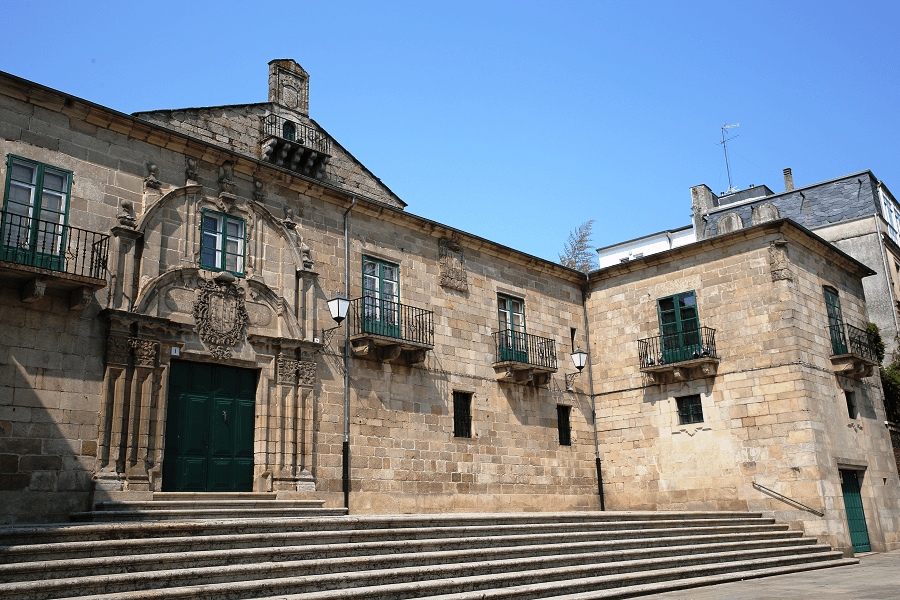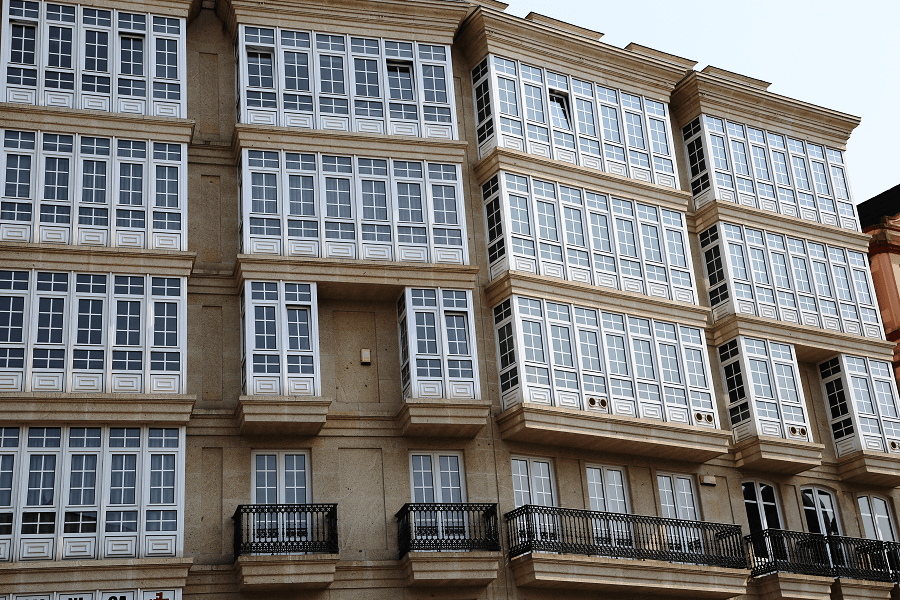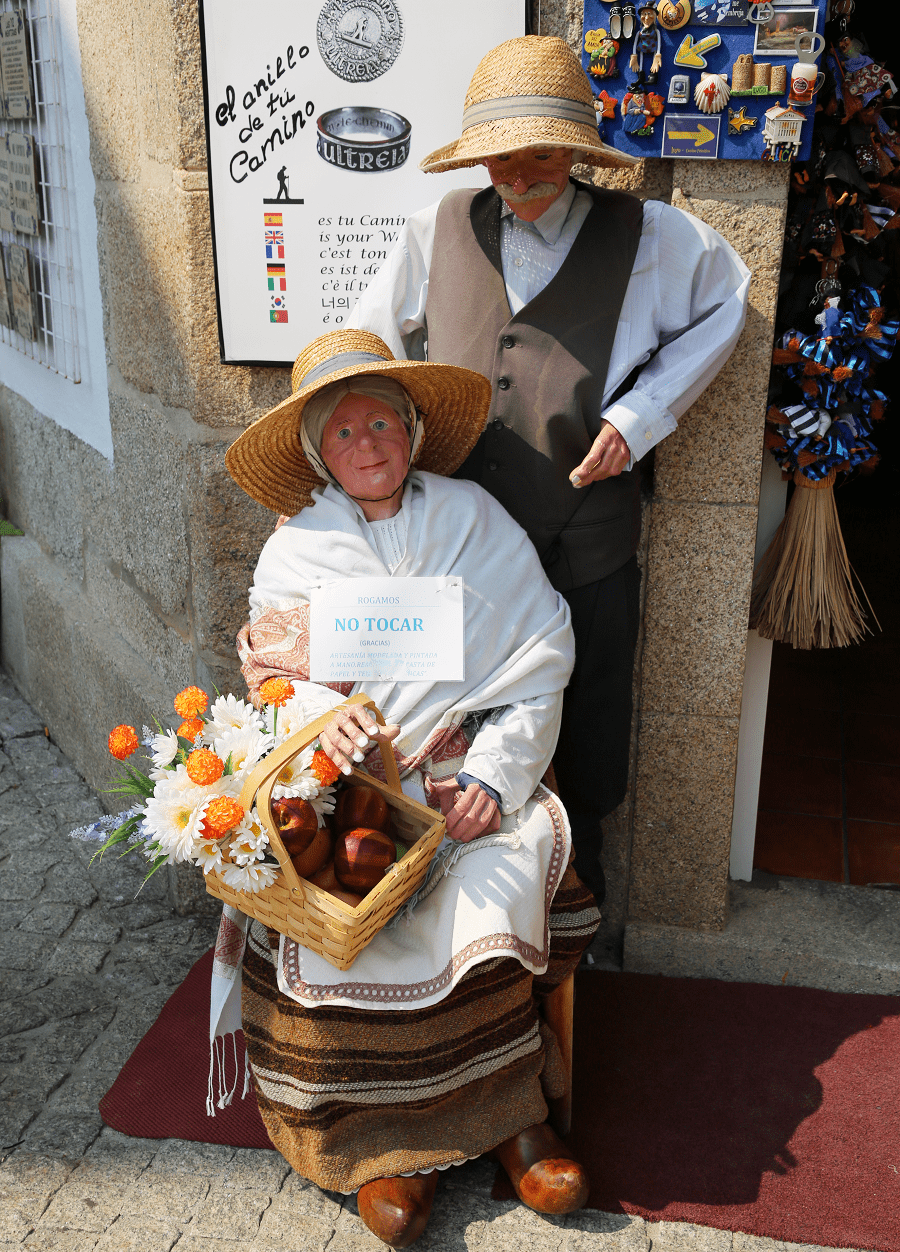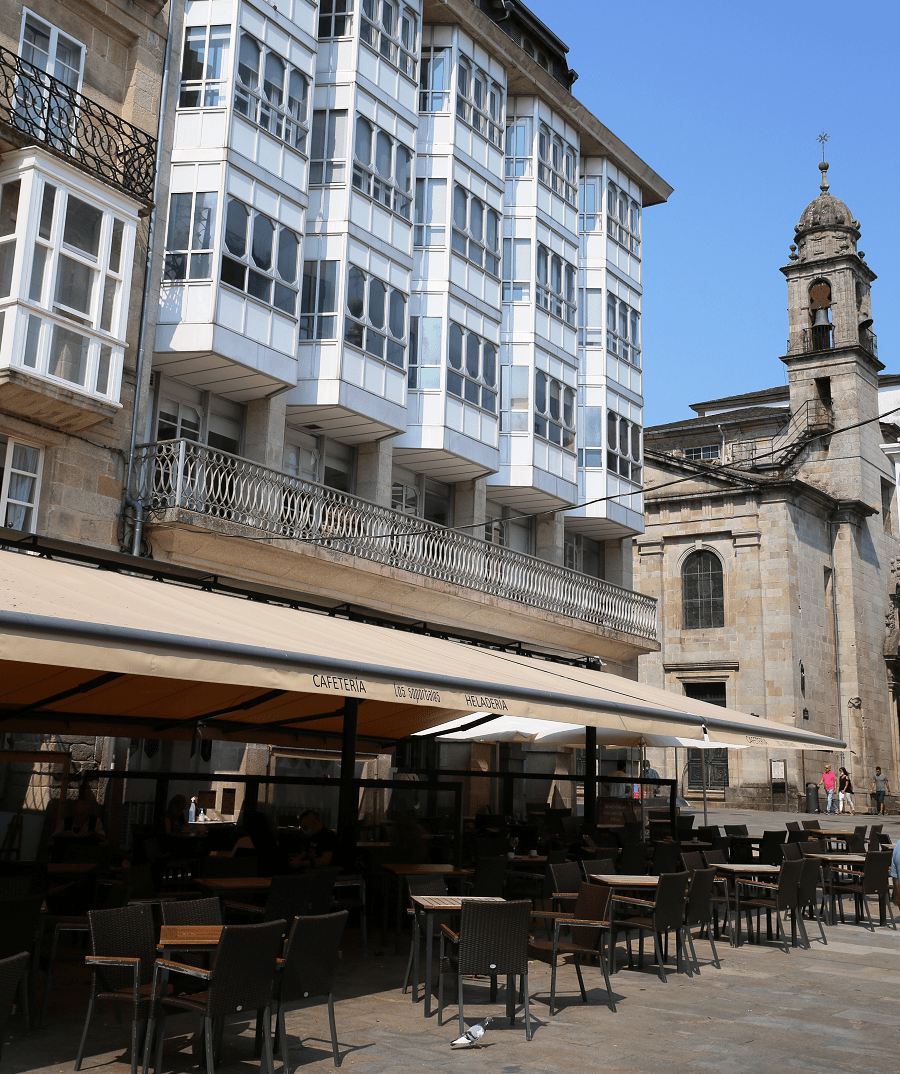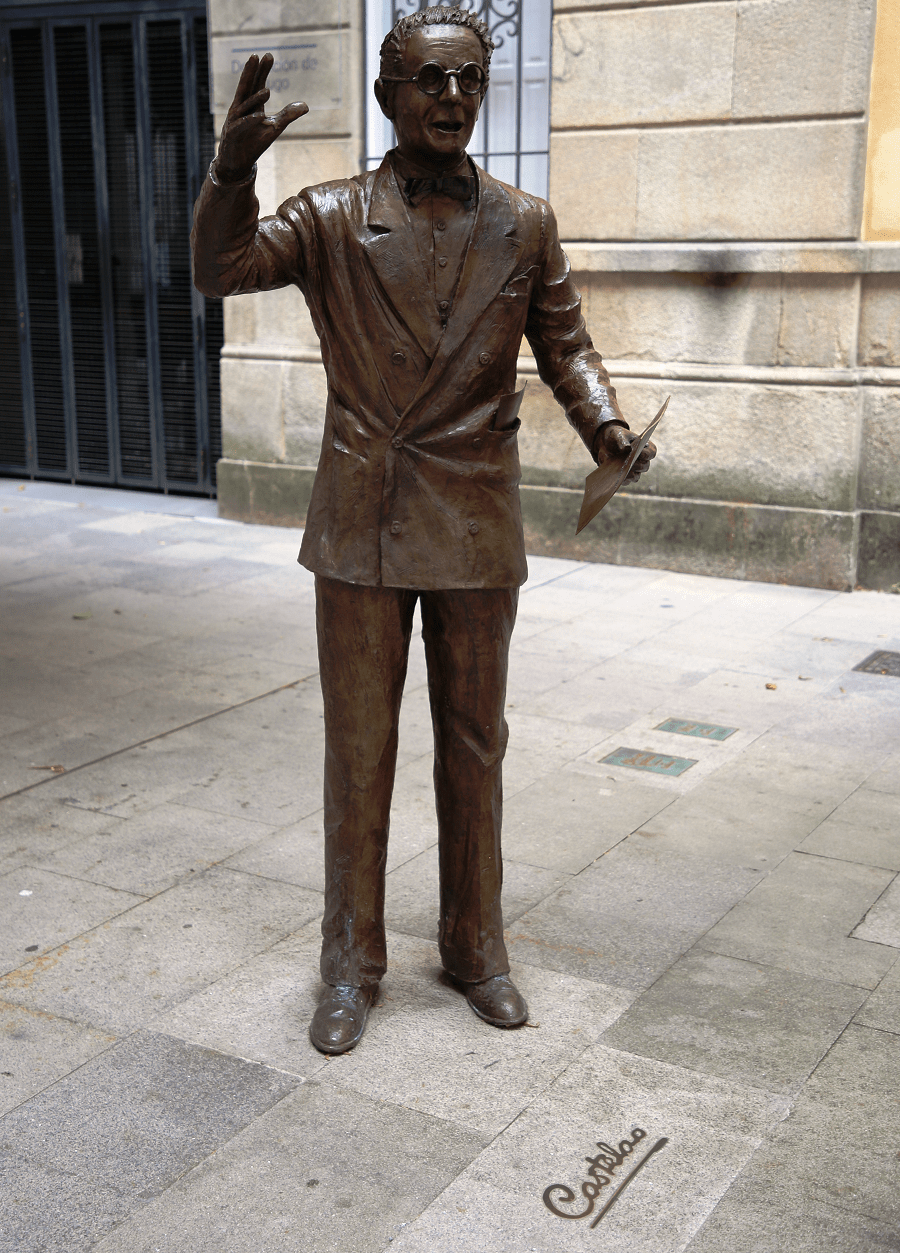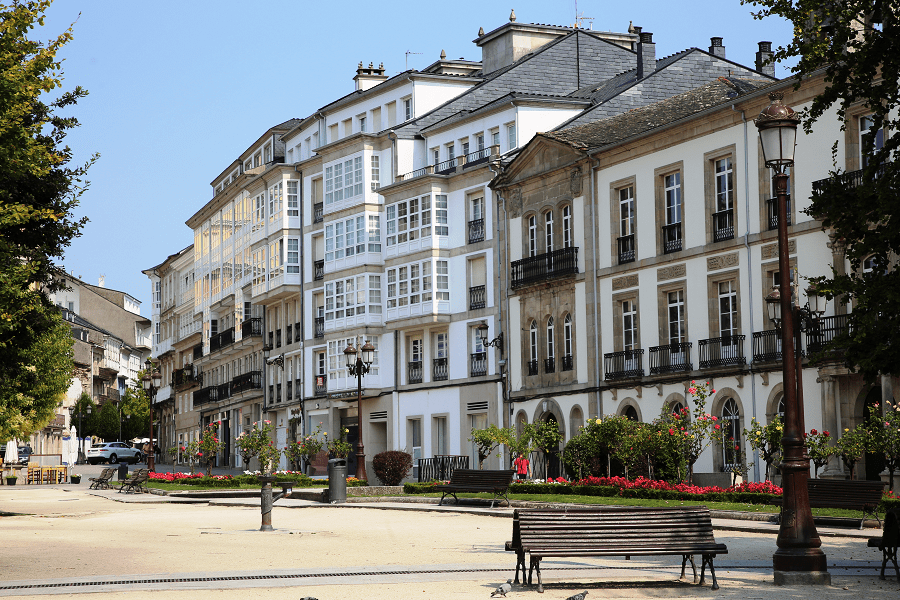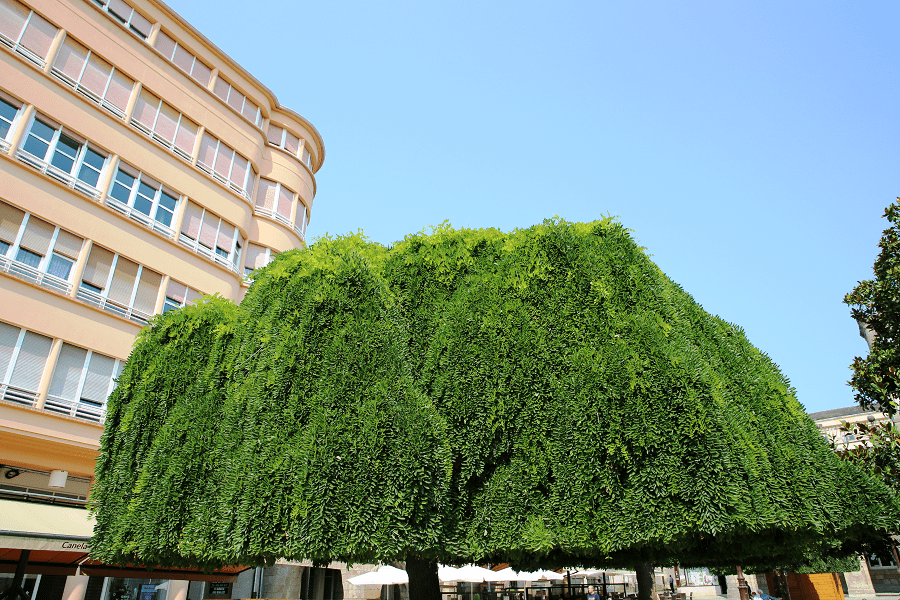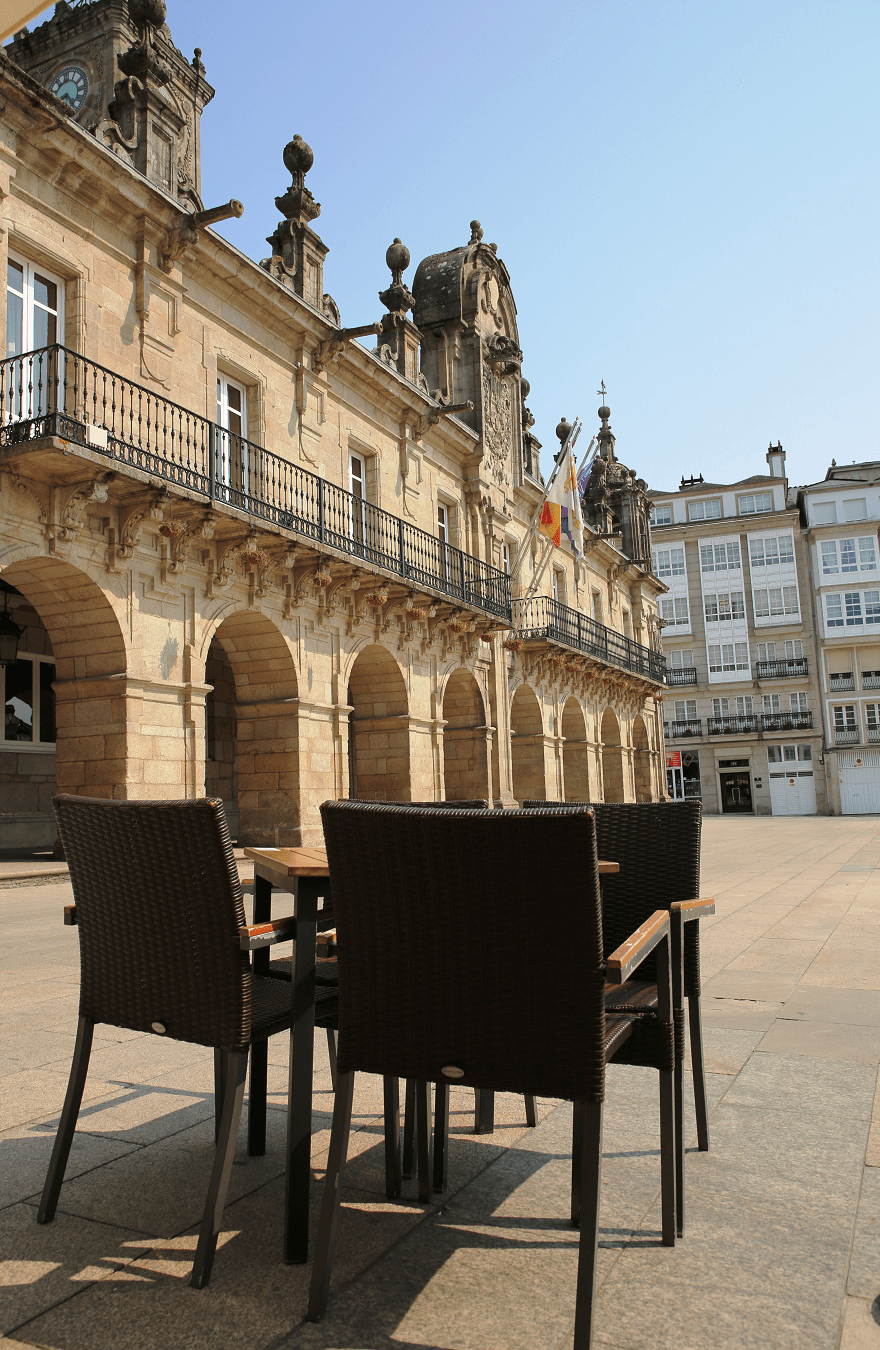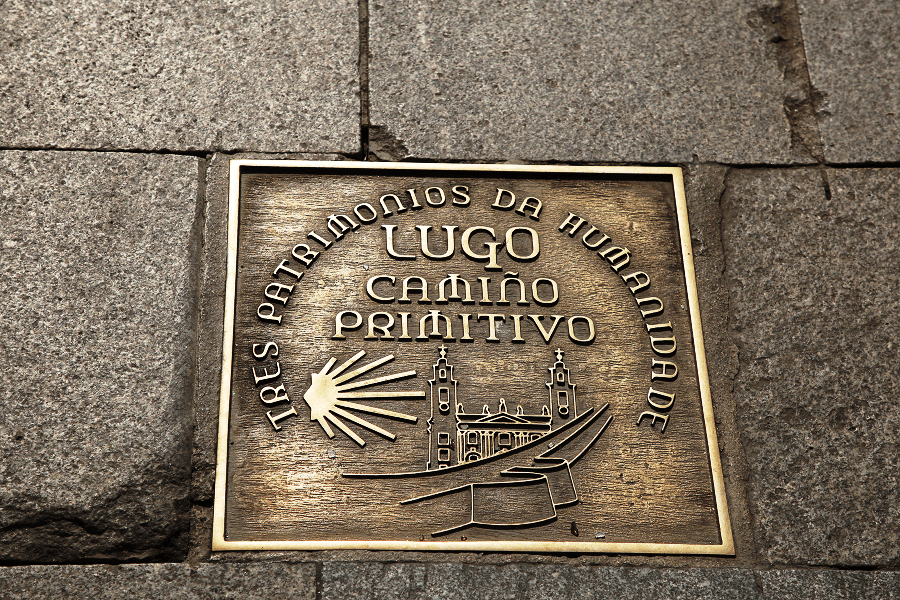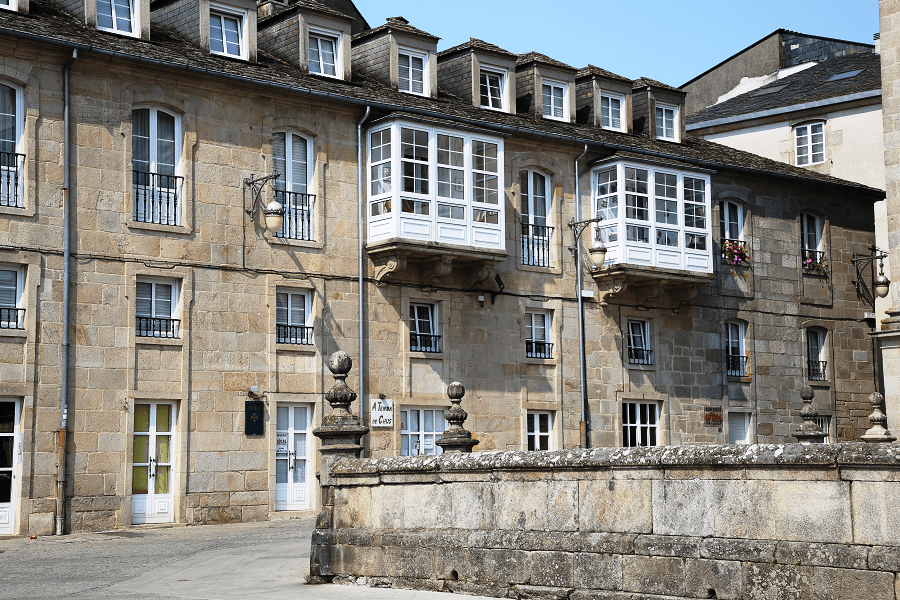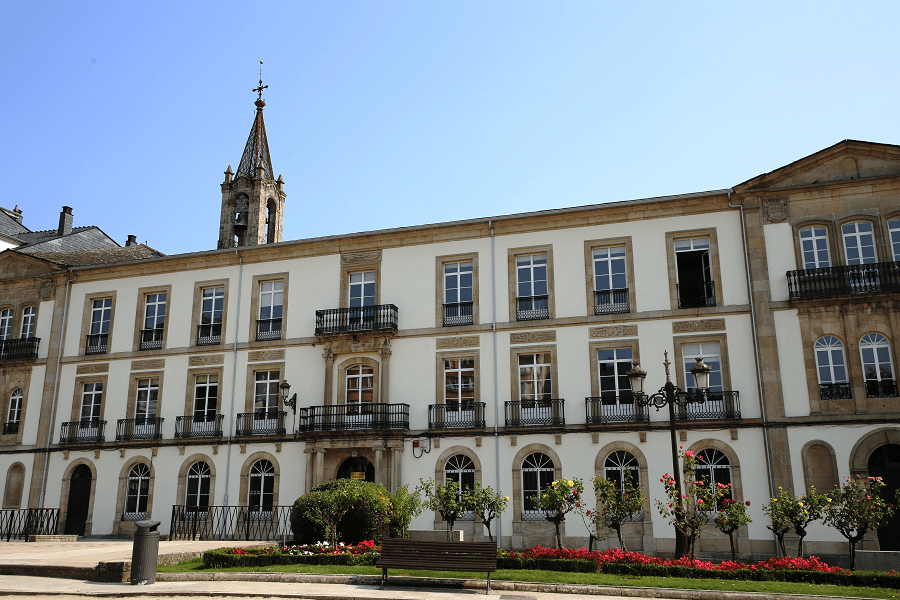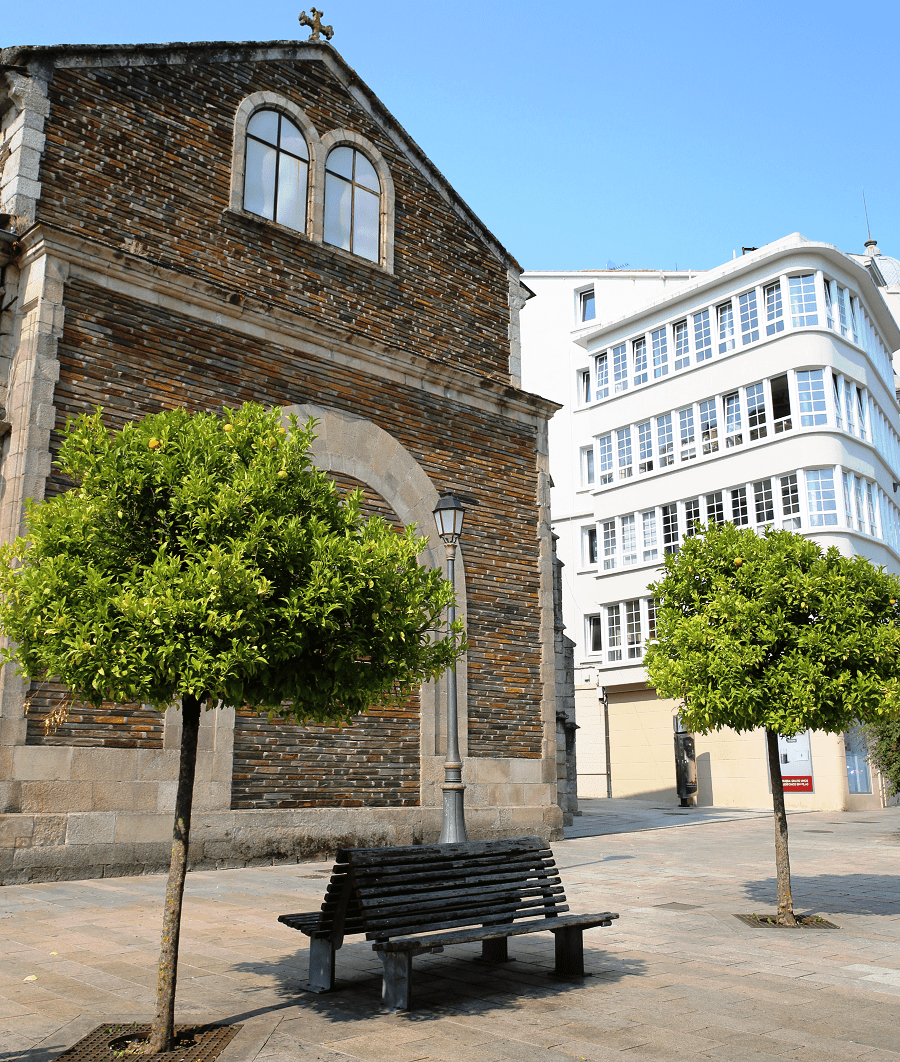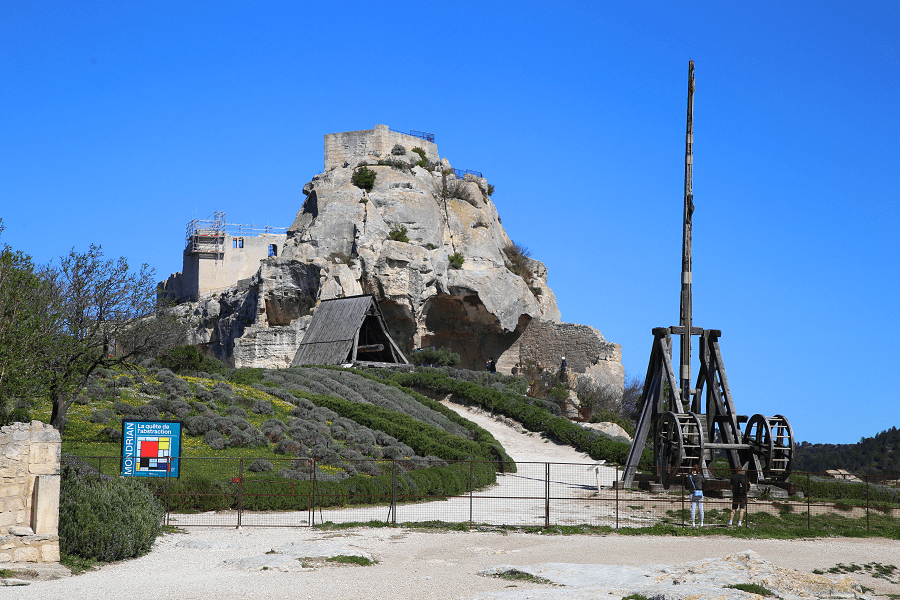Lugo is a city and a municipality in northwestern Spain in the autonomous community of Galicia. It is the capital of the province of Lugo. The municipality had a population of about 100,000, making it the fourth most populous city in Galicia.
Of Roman origin, it was founded in the year 25 AC. by Paulo Fabio Máximo and it is the oldest in Galicia. Built near a fort, in Roman times it received the name of Lucus Augusti.
Numerous Roman remains, many of them preserved in the Provincial Museum, are testimony to its first years of history, especially its Roman wall, unique in the world, which preserves its entire perimeter, and which was declared a World Heritage Site in 2000.
It stands along the Camino Primitivo path of the Camino de Santiago.
Main attractions
The city of Lugo is one of the few Spanish cities that have three assets inscribed on the UNESCO World Heritage List: The primitive road to Santiago that runs through the city, The Cathedral of Santa María and the Roman Wall itself.
The Roman wall of Lugo is the main monument of the city. It is the only Roman wall in the world that preserves its entire original perimeter, of the innumerable that existed in the ancient Roman Empire.
It is more than two kilometers long and was declared a World Heritage Site by UNESCO on November 30, 2000. Since October 6, 2007, it has been twinned with the Great Wall of China of Qinhuangdao.
Other Roman buildings: Lugo has Roman baths and a Roman bridge. It is known that a Roman road linked the city with these last two mentioned monuments, but its exact layout is unknown. A medieval road that probably followed the Roman road was demolished in the 1990s.
Construction of the Cathedral of Santa María begun in 1129, in Romanesque style, with additions in later centuries such as the north door portico, the clock tower, the cloister, and the neoclassical façade that it boasts today. It was declared a World Heritage Site in 2015.
The church of San Pedro was formerly part of the convent of San Francisco. With its dome and the wooden ceiling of the main nave, it is one of the rare if not the only example of Mudejar art in Galicia.
The O Carme neighborhood preserves remarkable buildings that in recent years have been mostly restored by various institutions, such as the Instituto Galego da Vivenda e Solo, the council and private entities. The primitive way of Santiago crosses this area, declared a World Heritage Site by UNESCO in 2015.
The façade of the town hall, from the early 18th century, the work of Ferro Caveiro, stands out for being an archetypal example of Galician Baroque, with its stone decorations.
The clock tower is later and, according to some experts, breaks the harmony of the construction.
19th century architecture: Precisely, two emblematic buildings in Lugo, such as the old Monterrey cafe on Rúa Doutor Castro and the old Casino or La Voz de la Verdad on Rúa Conde Pallares, suffered unfortunate restorations during the last year.
The Provincial Museum stands out for its collection of Celtic jewelry, its Roman mosaics and interesting collections by Galician artists such as Castelao, Julia Minguillón, Castro Gil and Asorey.
Museo Interactivo de Historia de Lugo (MIHL), an interactive museum about the history of the city, made by Nieto Sobejano arquitectos.
Festivals
Two important festivals take place in Lugo:
Saint Froilan festivity, which lasts from 4–12 October, dedicated to the city’s patron saint. It’s a Fiesta of National Tourist Interest and it’s very popular to eat polbo á feira in one of the many stands near Rosalía de Castro park.
Arde Lucus, festival celebrated in the last weeks of June which revives the Roman and castro past of the city, and which emerged to commemorate the declaration of the city’s Roman wall as a World Heritage Site in 2000. In its latest editions it has reached nearly half a million visitors.
Best restaurants
There are two Michelin list restaurants in the city:
Os Cachivaches, Campos Novos 26, 40 – 55 EUR • Traditional Cuisine, Rice Dishes
Paprica, Nóreas 10, 35 – 64 EUR • Contemporary Cuisine
How to get to?
Railway
Lugo is crossed by the León – A Coruña railway line and has two stations, one for passengers in the Sagrado Corazón neighborhood, and a freight terminal between the industrial estates of O Ceao and As Gándaras.
The passenger station has a direct long-distance service to Madrid and medium-distance services to A Coruña, Monforte de Lemos and Ourense. These services also allow linking with other Alvia trains to the Spanish capital and Barcelona.
Air Transport
The closest aerodrome to Lugo is the Rozas aerodrome, located just 9 kilometers away, in the neighboring municipality of Castro de Rey, accessible through the N-640.
For domestic and international flights, just over an hour from the city are the airports of A Coruña (96 km) and Santiago de Compostela (92 km).
By car:
From Santiago de Compostela 1 hr 31 min (104 km) via N-547 and A-54
From Madrid 4 hr 52 min (502 km) via A-6
Shopping
There is a shopping center on the outskirts of the city (As Termas), with an Eroski hypermarket, cinemas, clothing stores like H&M, NewYorker or Cortefiel and many restaurants and fast food chains like McDonald’s.
A new shopping center (Abella) has opened in late 2015 and hosts an E.Leclerc hypermarket, a bowling court, cinemas and a McFit fitness center.
University
The University of Santiago de Compostela has several faculties at its Lugo Campus, one of the most important being the Faculty of Veterinary sciences, one of the leading in its field in Spain.
Main information
Area: 329 sq. km
GPS coordinates: 43°00′42″N 7°33′26″W
Language: Spanish, Galician
Population: 98 519
Currency: Euro
Visa: Schengen
Time: Central European UTC +1, in summer +2



